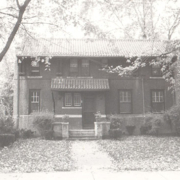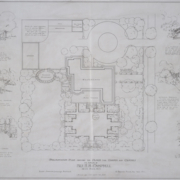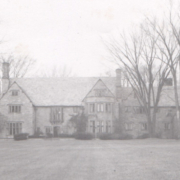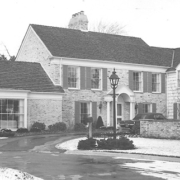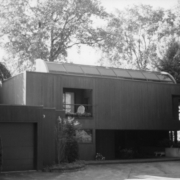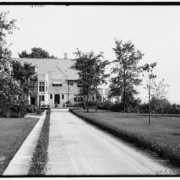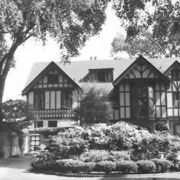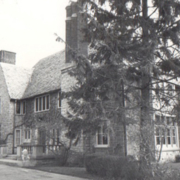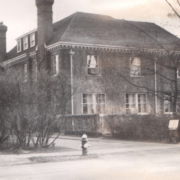Historical Architecture of Grosse Pointe – Historic 35 Fisher Road
Last week we reviewed a home created by contemporary architect Anne (Krebs) Crane, 15 Moorland – she designed for her and her husband, builder George C. Crane. Ms. Crane, in conjunction with her husband, was responsible for the design and/or build of several outstanding modern properties in Grosse Pointe from the 1950’s through to the beginning of the 1990’s. This week we head to historic 35 Fisher Road. Completed in 1909, this iconic home was designed by Smith, Hinchman, & Grylls – one of the leading architectural firms in the United States at the turn of the century.
35 Fisher Road (original address was 285 Fisher Rd) started out as Grosse Pointe’s first telephone exchange for the Home Telephone Company, serving the community for around eight years. It was one of the first telephone exchanges located outside the city of Detroit and played a significant role in the growth of the community. At the time of its completion this area of Grosse Pointe was considered a business district. This was aided by the Detroit and Lake St. Clair Railway that ran from Jefferson, north of Fisher Road, and east on what is now Grosse Pointe Blvd through to Mt. Clemens. It is reported a railway ticket office was located on the corner of Fisher and Jefferson. Image courtesy of: digitalcollections.detroitpubliclibrary.org (1910).
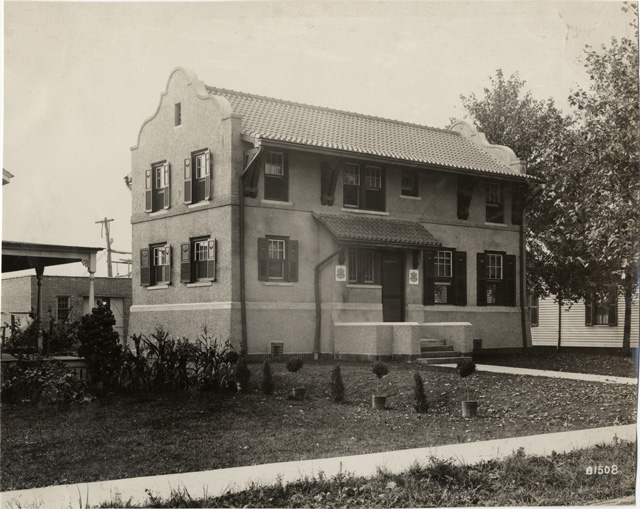
The two-story 2,575 sq ft property is constructed from brick with a stucco finish and a Spanish tile roof. It was designed in the Dutch Colonial style, featuring an array of then popular architectural elements including the novel addition of curvilinear end gables – reminiscent of the mission style that was then popular in California at the turn of the century. The commercial building featured high ceilings, huge windows, and native oak woodwork. It is reported “the infrastructure consists of concreted and steel which was used to muffle the sounds and vibrations of the electric switches utilized in early telephone transmissions.” “No expense was spared to make the entire property one of the most attractive in the territory”. Color photos courtesy of realtor.com

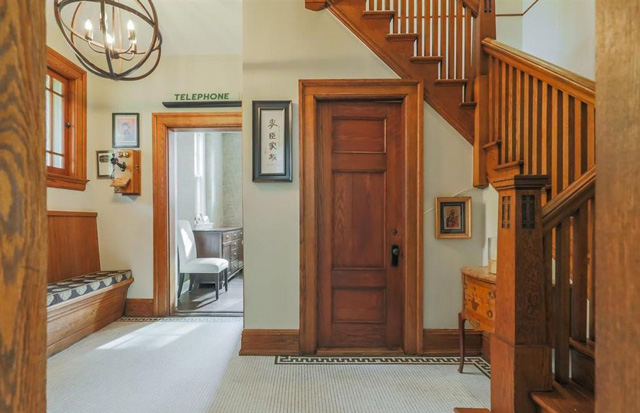
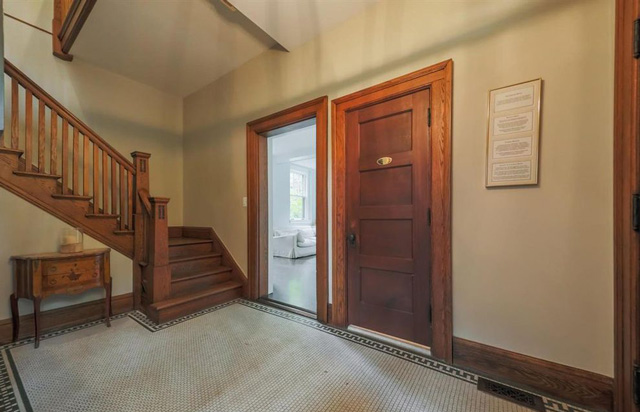
At the time of completion, the floor plan was designed solely for commercial use – customers would come to the building to conduct business, pay their phone bill, and make “long distance” calls to Detroit. The entire first floor housed the operating and apparatus rooms, while the second floor was the location of the operators retiring rooms along with the living quarters for the wire chief and the branch exchange manager. The existing 9’ x 11’ sq ft entry foyer was originally created to accommodate a customer waiting area, which included a wooden bench for customers who were waiting their turn to conduct business. The cashier’s window, now a first-floor lavatory, is where customers used to pay their bills. This area also featured tile floors and a beautiful carved oak staircase. The 11’ x 18’ sq ft business office, with its 10ft high ceiling, is now the location of the living room, while the current dining room (also with a 10 ft high ceiling), was, at the time, a switchboard room for employees of the Home Telephone Company.
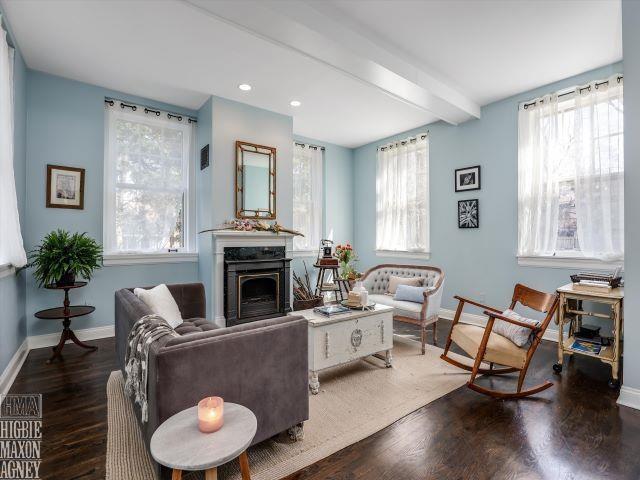

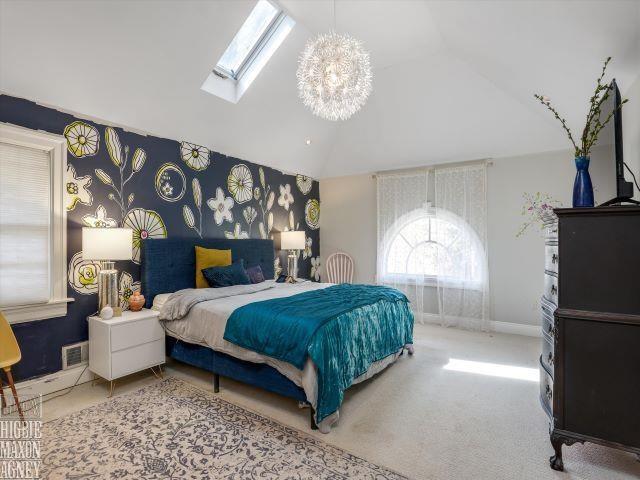
In 1917, the building was sold to Mrs. Anne Dwyer (she and her husband, John Dwyer, resided at 372 Lakeland) to provide housing for their staff. From 1917 – 1924 the property was home for David Ballingail, a chauffeur at 174 Provencal. From 1925 – 1934, David Ballingail continued to reside at the property, he was joined by Robert Anderson, a gardener at 55 Lake Shore. From 1935 through to 1964 the home was occupied by William Winkler and various Grosse Pointe school teachers. From 1964 until 1985, 35 Fisher was a boarding house. Since then, it has been sold numerous times to different families.
In 1990, 35 Fisher was completely re-built. While the character of the original construction was preserved a large two-story extension was added to the rear of the property. It is also reported “the original horse barn was redesigned as a garage; the structure was lifted off of its foundation and new concrete was poured”. That same year the house was designated as a local historical site by the Grosse Pointe Historical Society. First photo below – 1990, courtesy of Realtor.com. Second photo below – 2022.
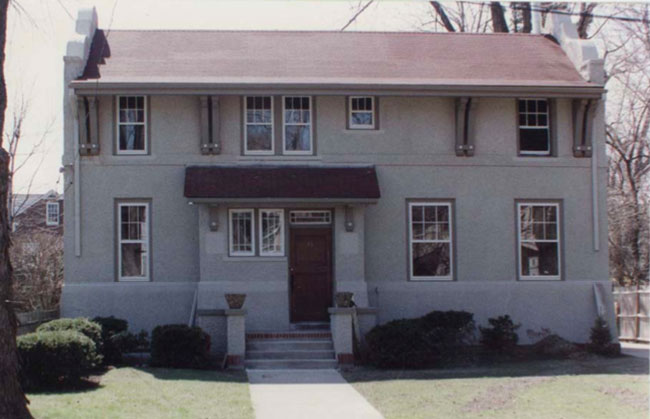
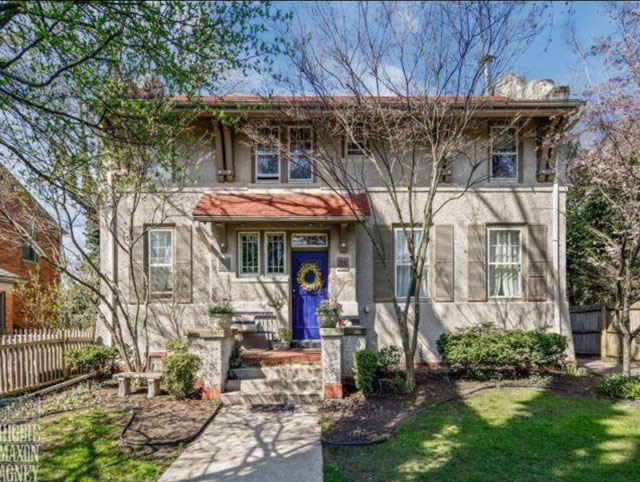
During the early twentieth century, the architects who created 35 Fisher, Smith, Hinchman, & Grylls, had established a stellar reputation in Detroit for designing large commercial and civic projects. At the time, the firm employed some of the finest architects of the era. Aside from creating a multitude of iconic residences throughout Metro Detroit they were also responsible for designing many significant buildings such as –
- Crowleys Department Store (Detroit 1906)
- Hudsons Department Store (Detroit 1911)
- The Bankers Trust Company Building (Detroit 1925)
- The Buhl Building (Detroit 1925)
- Guardian Building (Detroit 1928)
The origins of Smith, Hinchman, & Grylls can be traced back to 1853. The company was established by Sheldon Smith in Ohio. Smith was a self-taught architect who had gained experience with his brother, an architect, on the east coast. In 1855, Sheldon Smith moved to Detroit. In 1903, the company was renamed Field, Hinchman, & Smith. The firm was adept at ‘adjusting stylistically to the preference of the client, taking inspiration, and copying from architecture books to design various Classic Revival style structures.
In 1907, Field, Hinchman, & Smith took on a new partner and was subsequently renamed Smith, Hinchman, & Grylls. By the end of World War 1, the firm had over 270 staff. During the 1920’s the firm stayed true to its design roots, producing classically inspired architecture throughout Metro Detroit, including several grand homes in Grosse Pointe. While 15530 Windmill Pointe (1929) was by far their largest residential project in the community, the firm also designed several noted public buildings including the Country Club of Detroit (1926-27) and Saint Paul’s on the Lake School (1926). Today the company still exists under the name of SmithGroupJJR. The company is now one of the largest architectural and engineering firms in the United States and employs over 1300 people.
35 Fisher Road is a special home, a rare find that combines superb architecture, with an intriguing story, thereby bringing wonderful historical value to the Grosse Pointe community.
*Photos courtesy of the Higbie Maxon Agney archives unless stated.
Written by Katie Doelle
Copyright © 2022 Katie Doelle

